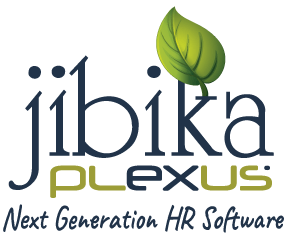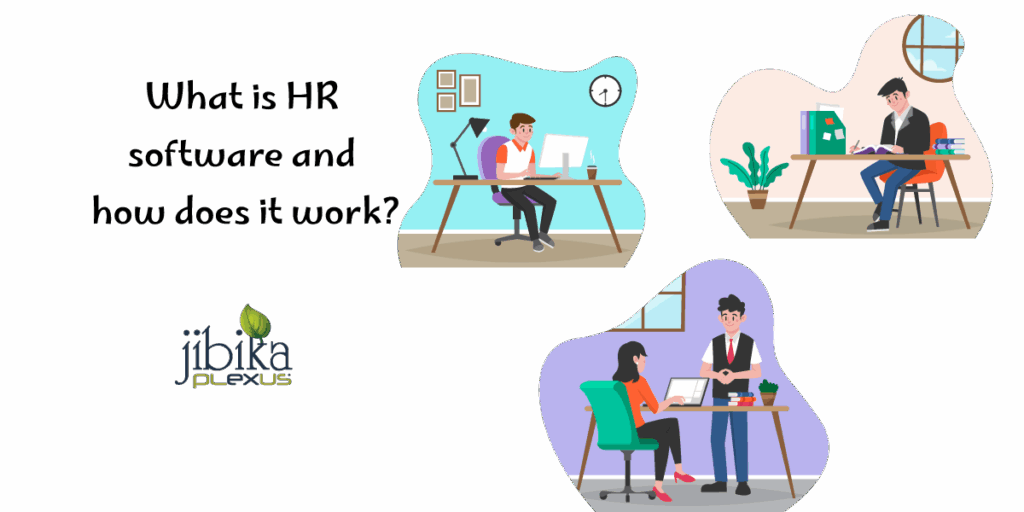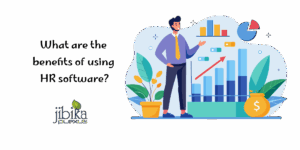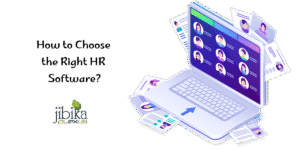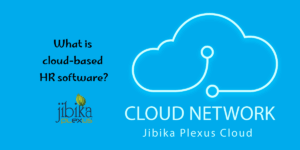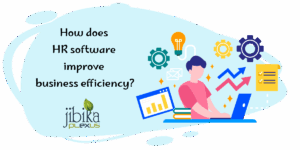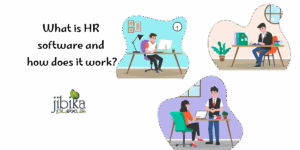Businesses that want to boost operational efficiency and employee management to remain competitive in the marketplace are constantly looking for ways to improve their operations. HR software has become a necessity in this direction.
HR software can automate complex HR tasks, allowing you to focus on your core objectives while managing compliance and improving the employee experience.
But what is HR software, and how does it work? This article will define the concept, discuss its functionalities, and explain why it is necessary for modern businesses.
What Is HR Software?
HR software —or Human Resource Management Software (HRMS) or Human Capital Management (HCM)systems— are digital tools to help manage and optimize different HR processes. It acts as a hub for controlling things like:
- Recruitment and hiring
- Payroll and benefits administration
- Employee performance management
- Compliance tracking
- Employee data storage
You can deploy these systems in various ways, including traditional software on-premises, cloud-based solutions, or hybrid options. HR software is designed to eliminate the hassle of manual processes, gather valuable data insights, and streamline HR teams’ productivity.
Key Features of HR Software
HR software solutions vary significantly in their features and functions, depending on the platform and the organization’s needs. Here are the most common features:
1. Recruitment & Applicant Tracking
HR software streamlines the hiring process by automating posting job ads, screening resumes, scheduling interviews, and tracking candidates. Ensuring no candidate slips through the cracks requires an Applicant Tracking System (ATS), which is generally included in HR software.
2. Payroll Management
Processing a payroll with a large staff can be tedious and prone to errors. HR software automatically calculates payroll, deducts taxes, and makes direct deposits, giving employees accurate payroll at the right time.
3. Employee Database Management
HR software is a centralized, secure repository of employees’ data, including personal information, titles, performance records, and training. It allows for the availability of information in the right place at the right time.
4. Performance Management
With HR software, tracking and evaluating employees’ performance becomes effortless. Frameworks like goal-setting, performance reviews, and feedback systems support organizations in monitoring productivity and stimulating growth.
5. Benefits Administration
Automated enrollment, tracking, and calculations help simplify managing employee benefits like health insurance, retirement plans , and paid time off.
6. Compliance Management
Human resources software keeps organizations compliant with labor laws, tax regulations, and data privacy standards. Automated reminders and integrated compliance tools help to mitigate the risks of fines or breaches.
7. Employee Self-Service Portals
Self-service portals, a common feature of HR platforms, let employees update their info, view pay stubs, submit leave requests, enroll for benefits, and more without needing any input from HR.
8. Reporting and Analytics
Advanced analytics tools deliver detailed insights on workforce trends, employee turnover, and productivity. This data enables HR to make decisions and optimize strategies.
How Does HR Software Work?
What is Human Resource Management Software? HR software is a centralized system that automates, integrates, and streamlines HR functions. Here’s a step-by-step breakdown of how it works:
1. Centralized Data Storage
The basic function of HR software is to act as a database for all information related to employees, where data is stored securely. This paper-free record and access also ensures that data can be easily searched and updated.
2. Automated Workflows
HR software automates repetitive tasks like sending onboarding emails, processing payroll, or tracking certifications. This minimizes human errors and saves time for the HR teams.
3. Integration with Other Systems
HR software will integrate with other business tools, including accounting software, time-tracking systems, and learning management platforms. That means data can be shared seamlessly across departments.
4. Cloud Accessibility
Most HR systems available today are cloud-based, meaning users can access the platform wherever they are when connected to the internet. It has a particular benefit to remote or hybrid workforces.
5. Customizable Dashboards
HR software frequently offers dashboards customized for particular end-user roles. HR managers, for instance, can retrieve compliance alerts, while employees can serve them with pay stubs or remaining vacation days.
6. Data Security
In HR software, sensitive employee data is protected through robust security measures, including encryption, multi-factor authentication, and role-based access controls.
7. Scalability
HR software scales with your company. Whether hiring new employees, expanding to new locations, or adding new features, most platforms can grow with your changing needs.
Benefits of HR Software
The benefits of investing in HR software are numerous, including:
1. Improved Efficiency
In a fast-moving and competitive business landscape, HR should automate repetitive and manual tasks so that HR teams can focus on business strategy rather than administrative tasks.
2. Enhanced Compliance
These tools are built with compliance and alerts to help companies comply with labor laws, tax regulations, and industry-specific standards.
3. Data-Driven Decision-Making
Advanced analytics deliver real-time insights into workforce trends and help HR teams inform decisions across hiring, retention, and performance-based actions.
4. Cost Savings
HR software can minimize inefficiencies, fines, and legal disputes, which helps to cut costs by streamlining operations and reducing errors.
5. Better Employee Experience
This solution allows employees to manage their information, access essential documents, and remain current on company policies.
Types of HR Software
Types of HR Software based on your organization’s needs:
Core HR Software: It includes vital functionalities, such as payroll, employee recordkeeping, and benefits administration.
Talent Management Software: Focuses on recruitment, onboarding, performance management , etc.
All-in-One HR Software: All-in-one software groups the core HR functions and talent management features within one integrated package.
Specific HR Tools: Tailored to specialized functions like applicant tracking and learning management
Conclusion
HR software is integral to modern organizations that manage and optimize HR processes. It helps businesses save time, reduce costs, and increase employee satisfaction by automating tasks, centralizing data, and providing the most significant insights. Whether a small startup or a large enterprise, investing in the right HR software can revolutionize your human resources operations and set your organization up for long-term success.
If you’re evaluating HR software for your business, it’s best to begin by assessing your requirements, researching vendors, and involving essential stakeholders in decision-making. When you have the right solution, your HR team can focus on things that matter the most — developing a thriving and engaged workforce.
